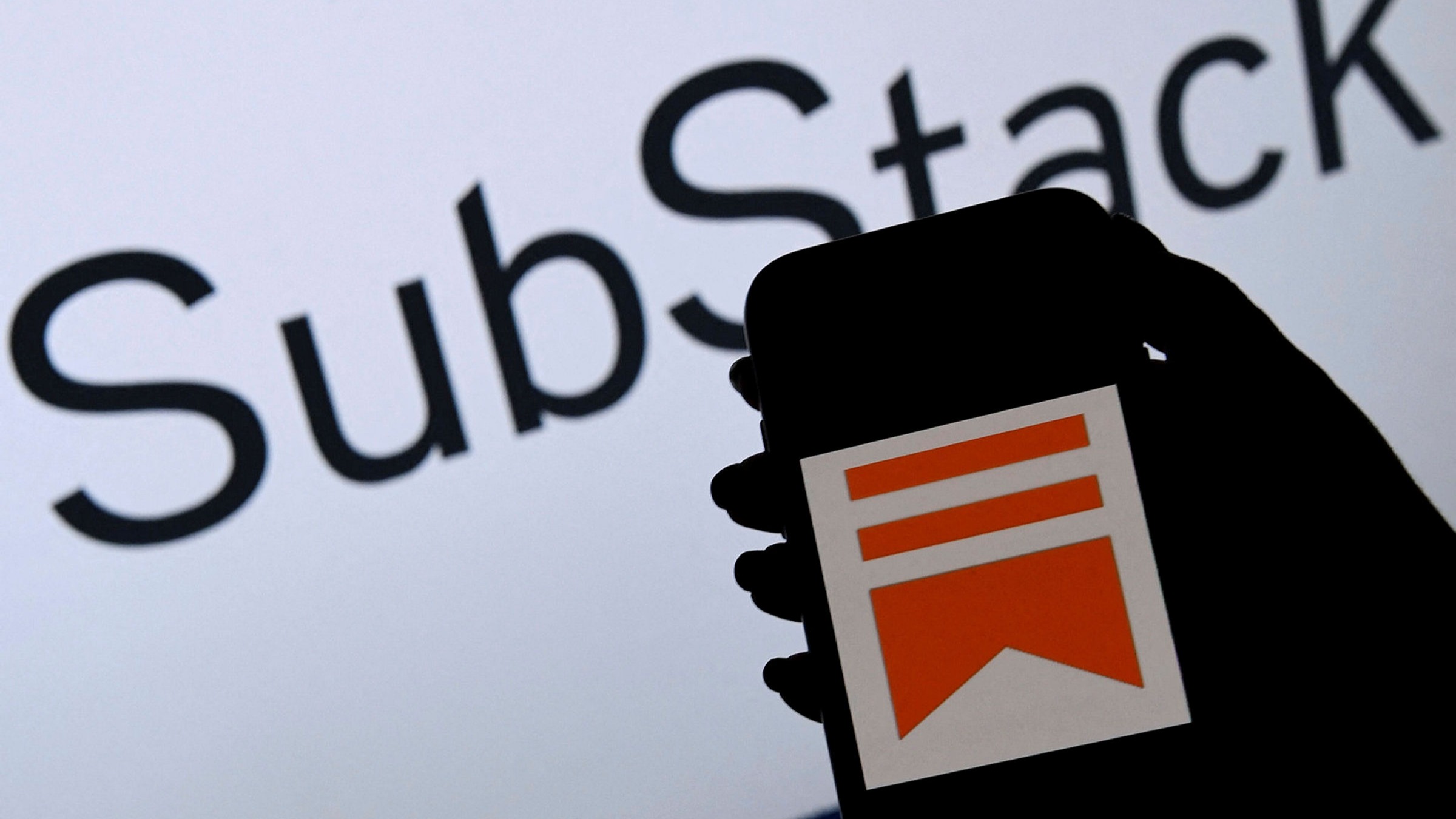Substack has reached the 1 million paid subscription mark, a milestone for the newsletter platform that has shaken up the media landscape. Those subscriptions “represent a rush of new money into the media ecosystem, the vast majority of which goes directly to writers,” co-founder Hamish McKenzie wrote Monday.
The platform started out with bloggers, journalists, and analysts, but has since grown to include podcasters, finance writers, comics creators, musicians, and authors who are serializing their books. The platform’s top 10 publications collectively generate $20 million a year.
What is Substack?
substack 1m decembernicolaou is a platform that lets independent writers publish their own digital newsletters directly to their audience and get paid through subscriptions. It’s been growing steadily since its launch in 2017.
While Substack started off as a home for bloggers, journalists, and academics, it now hosts podcasters, comics creators, finance writers, musicians, and authors who are serializing their books. It’s a platform that combines a blog and a newsletter into one place, with no technical or marketing hassles for writers.
It’s also a platform that helps writers pursue tough stories and has even offered legal support to its writers in some cases. Its defender program covers fees up to $1 million if their work is threatened by a lawsuit or subject to a cease-and-desist letter.
Writers can sign up for a free account on Substack to test the waters. Eventually, they can opt to create a premium level and charge readers to subscribe. But it’s important to note that Substack will take a 10% cut of the subscription fee and its financial service provider, Stripe, will take an additional 2.9 percent plus 30 cents per transaction.
Why Substack?
Substack is a newsletter platform that allows authors to publish their work to an audience. They can choose to give free access or charge a subscription fee for access to their writing.
The company launched Substack in 2017, and now it has over half a million paying subscribers. The writers include journalists, celebrities, political analysts, food writers, world travelers and more.
Journalists are flocking to Substack because they believe the platform can offer them freedom, creative and editorial independence. They’ve become frustrated with their lack of creative freedom on mainstream platforms, which are tethered to page-view metrics and advertising, and they’re looking for an alternative.
In addition to the publishing tools that Substack offers, its audience development features can help writers grow their email lists and expand their reach outside of Substack. These include a distribution algorithm that automatically sends content to people outside of their subscriber base, as well as social features like replies and likes.
Substack’s Moat
Substack’s moat is its ability to attract writers who are looking for a platform that allows them to monetize their writing. It’s one of the core value propositions that led a16z to lead a $65 million Series B round in March 2018.
At a time when there is growing ad-supported competition from Twitter and Facebook, Substack is still in a position to build a defensible business by providing a platform for high quality content. This is what has made it so attractive to traditional media companies and investors alike.
In addition to helping independent writers monetize their work, Substack also provides writers with a large reader base that they can use for organic traffic. This combination of features is what has given Substack a head start in the industry and allowed it to grow into a platform that has 500,000 subscribers and millions of readers.
Substack’s Future
Since its launch in 2017, Substack has grown at a breakneck pace, attracting well-known writers and journalists who have drawn more than a million paid subscriptions. They range from history professor Heather Cox Richardson’s newsletter Letter From an American to Roxane Gay’s The Audacity and Scott Alexander’s Astral Codex Ten.
Many Substack writers start free for a year or so, building their audiences and experimenting with the platform before going paid. They are encouraged to give their best work away, because that will build a strong base of subscribers.
But that doesn’t mean they won’t try to monetize their writing down the line. It’s possible that they’ll decide to go premium, which will make them a different sort of writer.
They might try to build a more moderate network that can attract a larger audience, but that could come at the expense of being associated with controversial and divisive media personalities. In other words, Substack might get dragged into the culture wars that are already playing out on Twitter, the platform where Elon Musk is also an investor.
